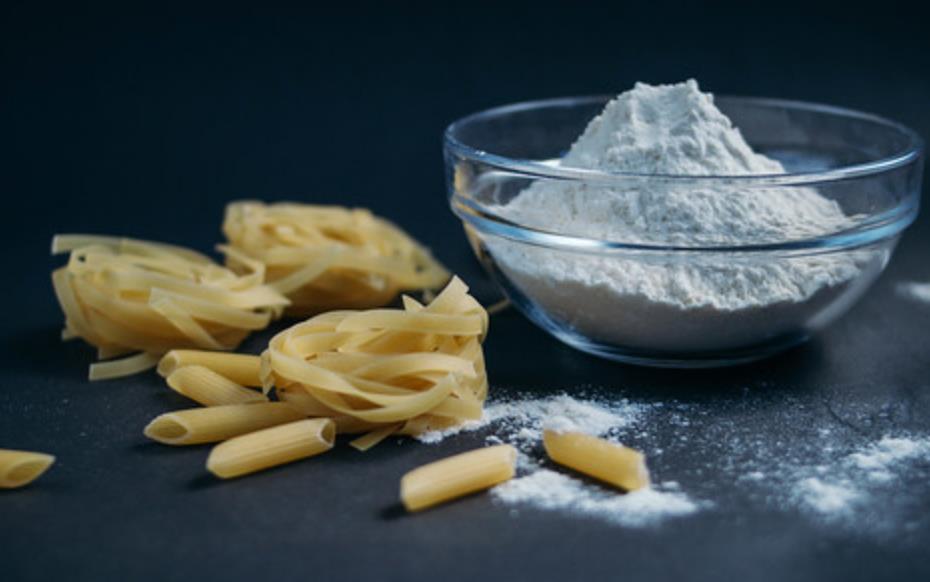Pasta is one of the most popular and versatile foods in the world, but few people know the secrets behind its creation and preparation. In this article, we will explore the art and science of Italian pasta making, from the ingredients and techniques to the shapes and sauces.
The first step in making pasta is to prepare the dough, which usually consists of flour, eggs, and water. The type and quality of the flour affect the texture and flavor of the pasta, as well as its ability to hold the sauce. The most common flour used for pasta making is durum wheat, which is high in protein and gluten, and gives the pasta a firm and elastic consistency.

The eggs add richness and color to the pasta, and also help bind the flour and water together. The ratio of eggs to flour varies depending on the recipe and the desired result, but a general rule is to use one egg for every 100 grams of flour. The water helps hydrate the flour and create a smooth and pliable dough.
The dough is then kneaded by hand or by machine until it becomes smooth and uniform, and then left to rest for at least 30 minutes at room temperature. This allows the gluten to relax and the dough to become more elastic and easier to roll out.
A Symphony of Pasta Shapes
The next step in making pasta is to shape it into the desired form, which can range from simple strands to intricate stuffed pockets. There are hundreds of different pasta shapes in Italy, each with its own name and history, and each suited for a specific sauce or dish. Some of the most common pasta shapes are:
- Spaghetti: thin, round noodles that are usually served with tomato-based sauces or oil and garlic.
- Tagliatelle: long, flat ribbons that are typically paired with meat sauces or creamy sauces.
- Penne: short, hollow tubes that are cut diagonally at the ends and are ideal for chunky sauces or baked dishes.
- Ravioli: square or round pockets filled with cheese, meat, or vegetables and cooked in broth or sauce.
- Lasagna: wide, flat sheets that are layered with cheese, meat, and sauce and baked in the oven.
The pasta shapes are created by rolling out the dough to a thin sheet and then cutting, folding, or extruding it into the desired form. Some pasta shapes require special tools or machines, such as a pasta cutter, a pasta roller, or a pasta press. Others can be made by hand using simple techniques, such as twisting, pinching, or rolling.
Pairing Pasta with Classic Italian Sauces
The final step in making pasta is to cook it and serve it with a sauce that complements its flavor and texture. The cooking time and method depend on the type and size of the pasta, but a general rule is to boil it in salted water until it is al dente, which means firm to the bite. The pasta should then be drained and tossed with the sauce, or added to the saucepan and cooked for a few more minutes to absorb the flavor.
The sauce is the element that brings the pasta to life, and there are countless varieties of sauces in Italian cuisine, each with its own ingredients and traditions. Some of the most classic Italian sauces are:
- Tomato sauce: a simple and versatile sauce made with tomatoes, garlic, olive oil, and herbs, such as basil or oregano.
- Pesto sauce: a fresh and aromatic sauce made with basil, pine nuts, garlic, Parmesan cheese, and olive oil.
- Bolognese sauce: a hearty and rich sauce made with ground beef, pork, or veal, tomatoes, onion, carrot, celery, wine, and milk.
- Carbonara sauce: a creamy and decadent sauce made with eggs, cheese, bacon, and black pepper.
The choice of sauce depends on the personal preference and the occasion, but also on the shape and texture of the pasta. For example, thin and delicate pasta shapes, such as spaghetti or tagliatelle, go well with light and smooth sauces, such as tomato or pesto. On the other hand, thick and sturdy pasta shapes, such as penne or lasagna, can handle more robust and chunky sauces, such as Bolognese or carbonara.
The Art and Science of Italian Pasta Making
Pasta is a staple food in Italy and a symbol of its culture and tradition. Making pasta is both an art and a science, requiring skill, creativity, and knowledge. By following the basic steps of making the dough, shaping the pasta, and choosing the sauce, anyone can enjoy the delicious and satisfying experience of homemade pasta.
Category: Food and Cooking Meta Description: Learn the art and science of Italian pasta making, from the ingredients and techniques to the shapes and sauces, and enjoy the delicious and satisfying experience of homemade pasta. Slug: italian-pasta-making-art-science
